Your browser is out-of-date!
For a richer surfing experience on our website, please update your browser. Update my browser now!
For a richer surfing experience on our website, please update your browser. Update my browser now!
The most prevalent planning tools such as comprehensive land-use plans and development control regulations employed so far have been unable to effectively manage change and growth in cities, especially in historic city cores. Consequently, Indian cities have begun introducing alternative planning initiatives, such as redevelopment plans for specifically developed local areas. In this context, the study looks at the redevelopment regulations proposed for Georgetown in Chennai. The proposed regulations attempt to incentivise redevelopment and achieve improved developability and quality of public life. It also proposes a street-based code to regulate the character of the area. This thesis aims to assess the efficacy of the codes in regulating the architectural character of the streets and, therefore, create vibrant street life in the process of incentivising redevelopment. It takes the context specific to Broadway Street in Georgetown. It first uses Scenario Building to assess the implications of the code on the street. The two most likely scenarios are developed based on regulations, current street conditions, and patterns. The study then attempts to understand what constitutes a desirable street character. Based on this understanding, it devises a framework for analysing the potential redevelopment of Broadway Street. The framework relates street characteristics to physical features, patterns of organisation and street elements. Compared to the existing street conditions, the two modelled scenarios are analysed through this framework. Finally, the thesis proposes strategies to improve the proposed street code.
View Additional Work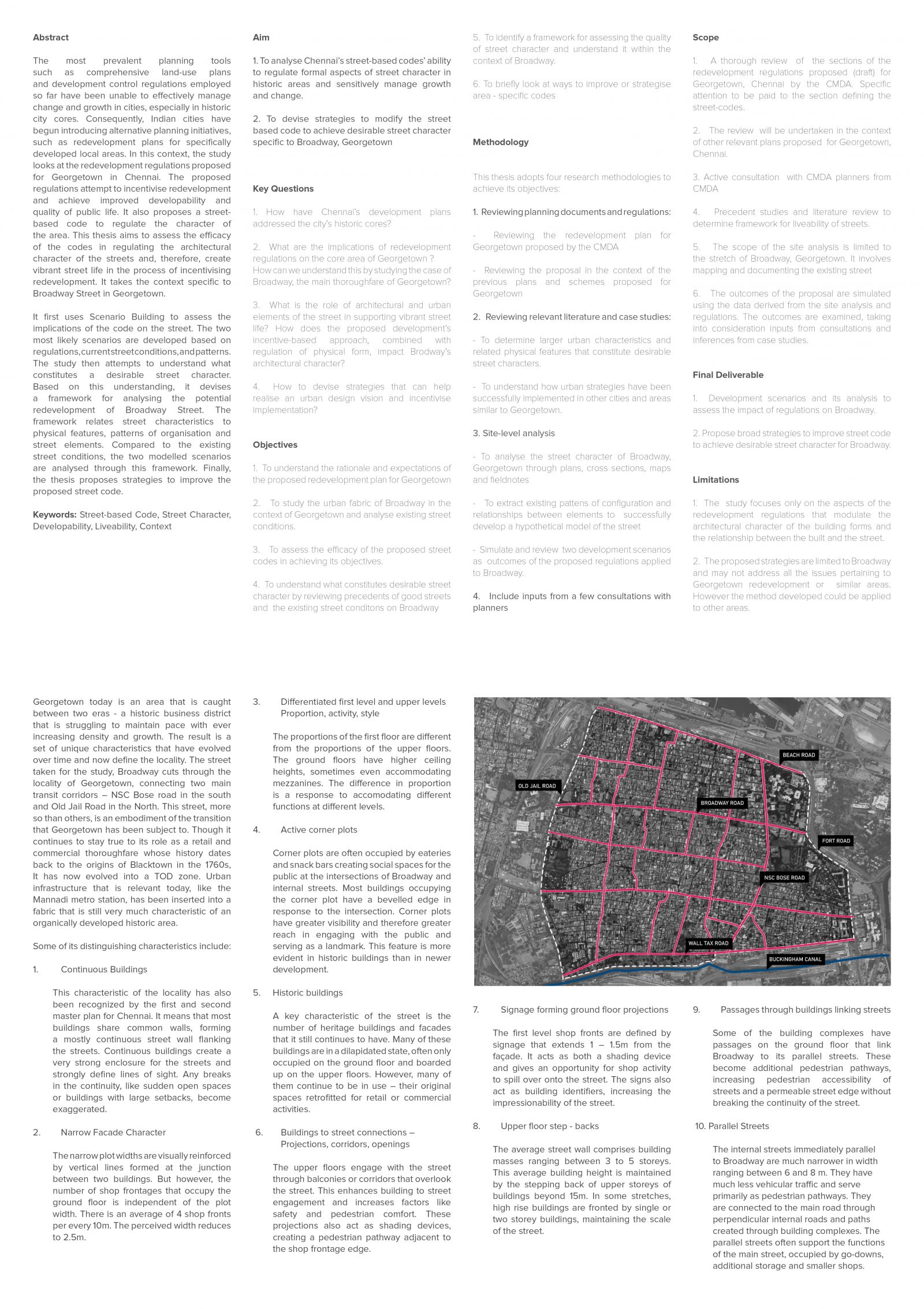

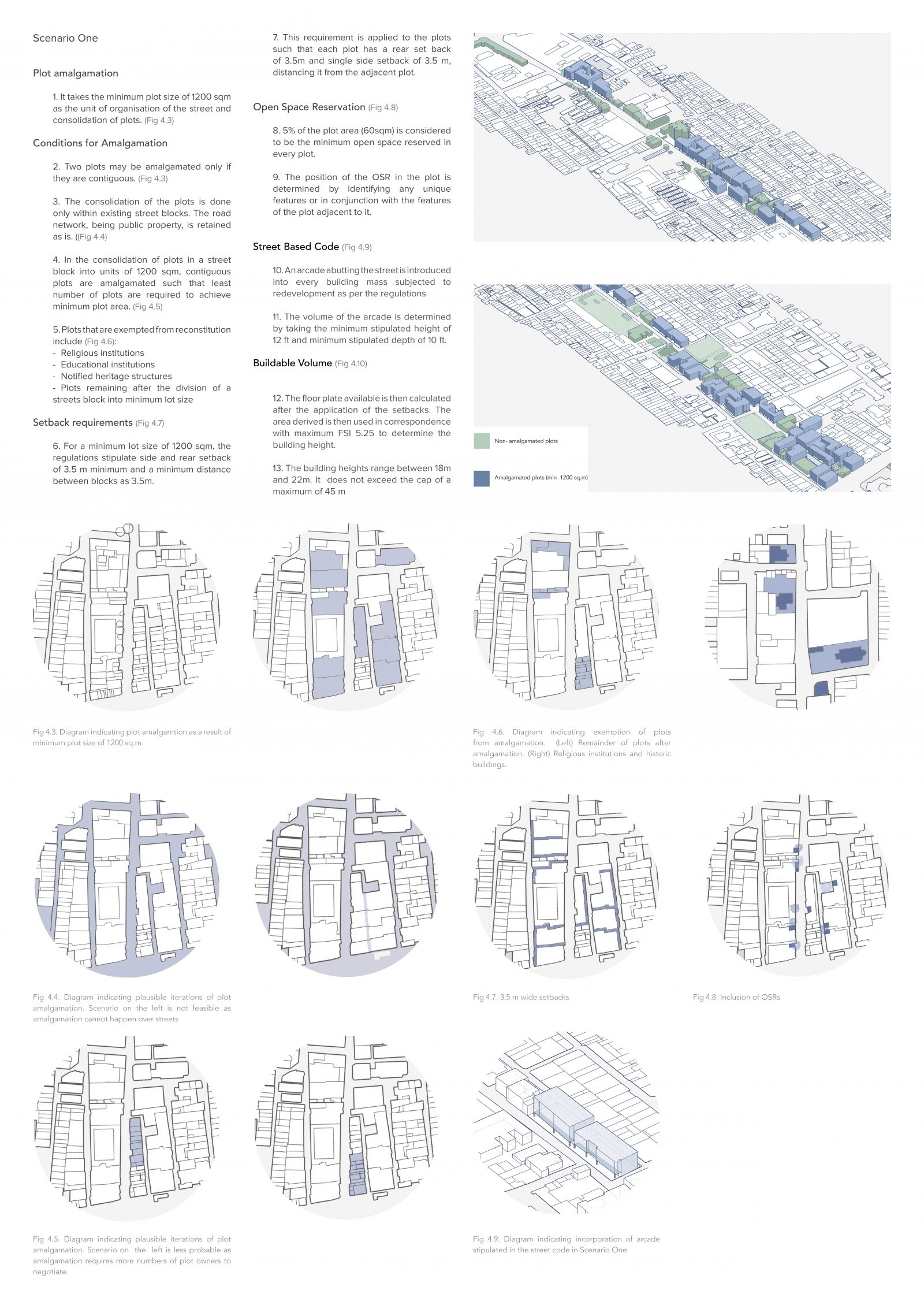
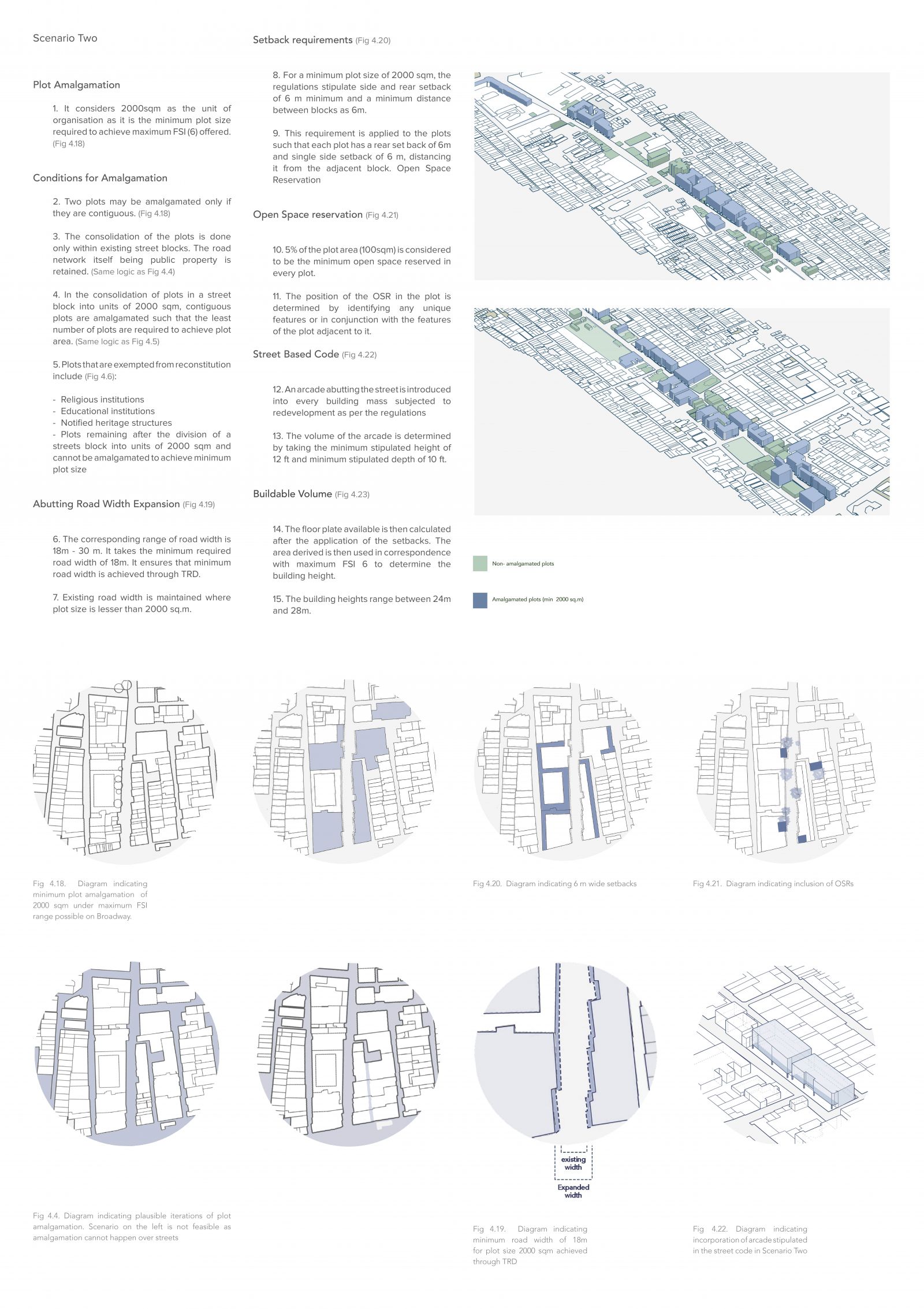
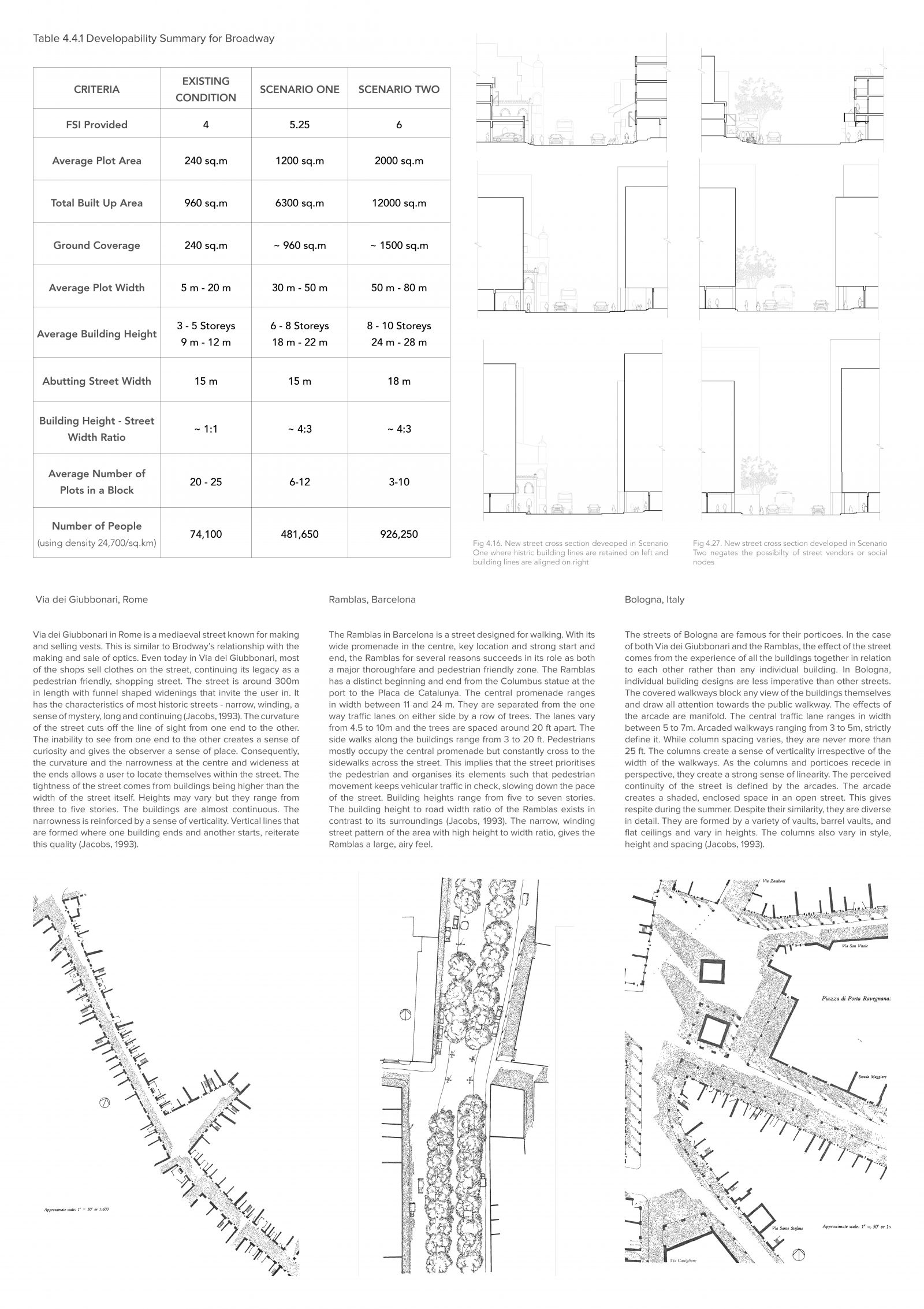
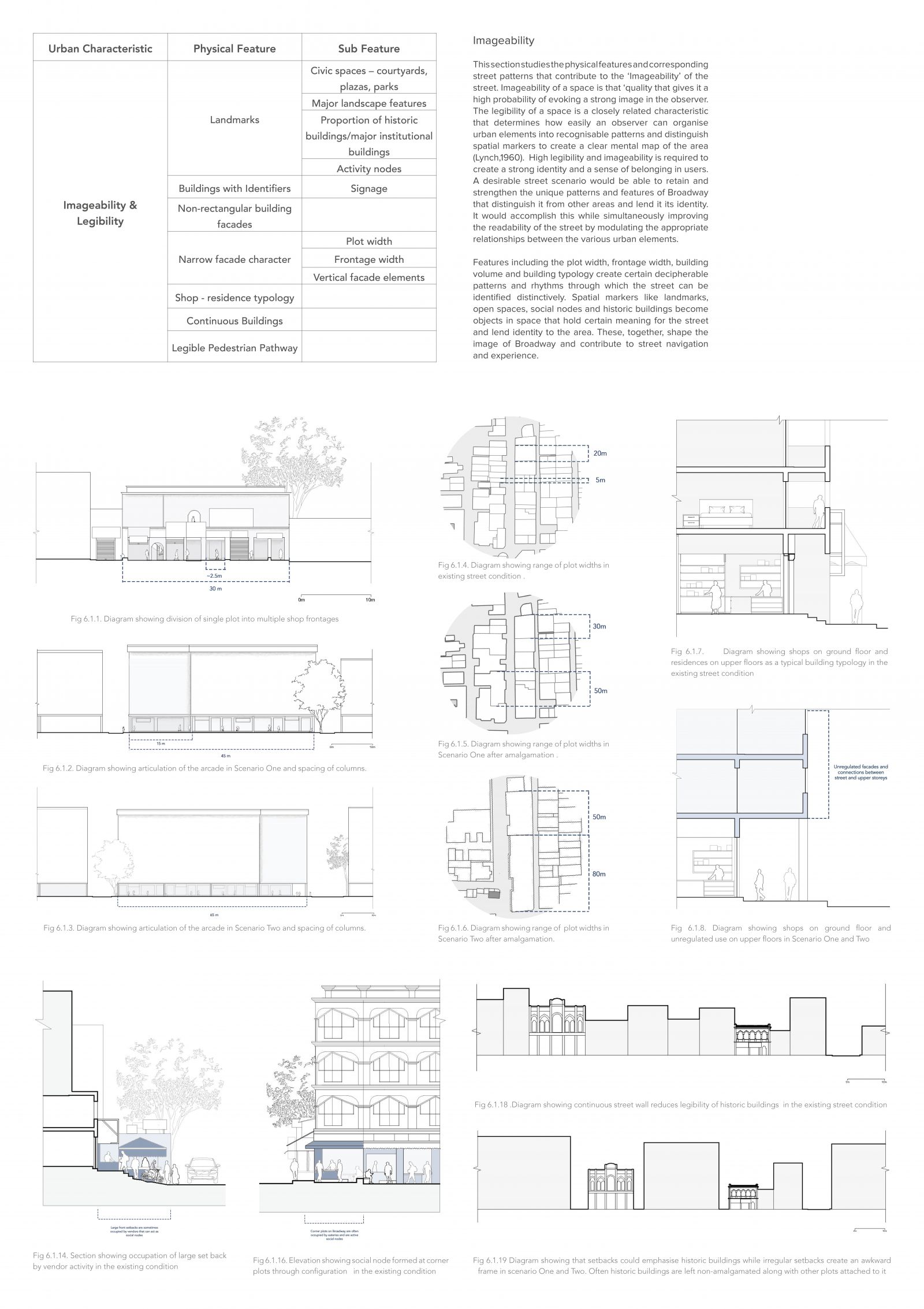
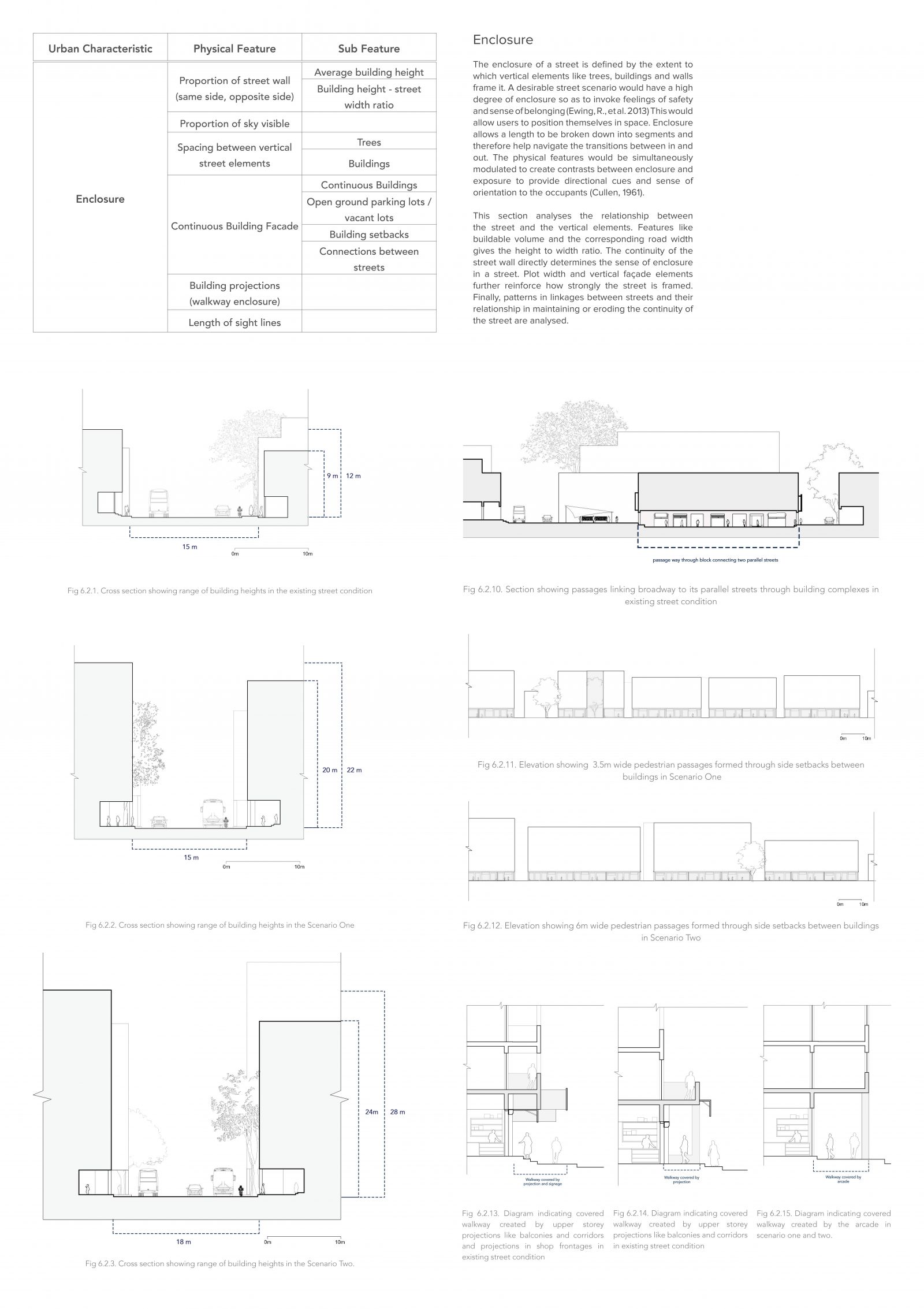
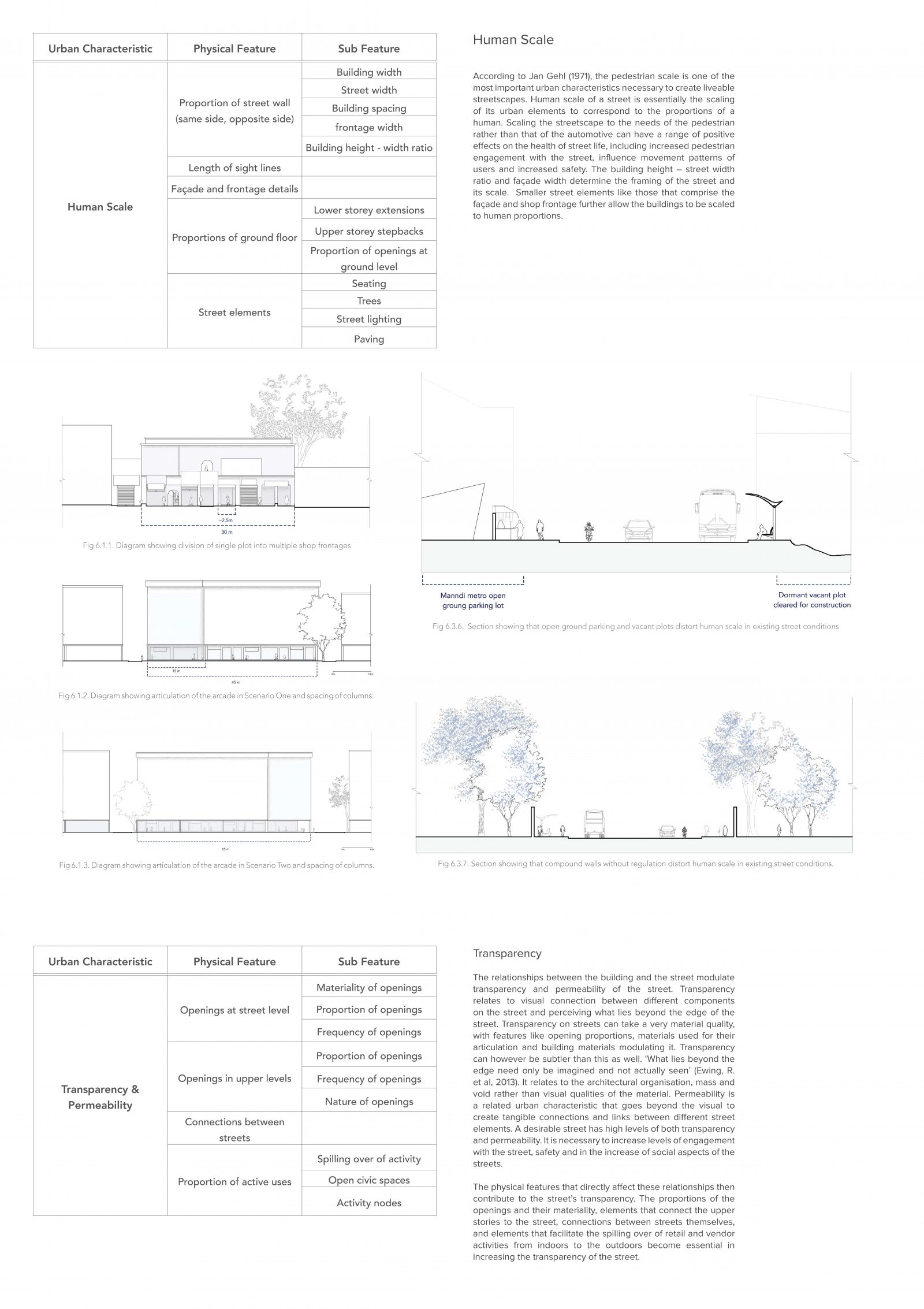

.jpg)